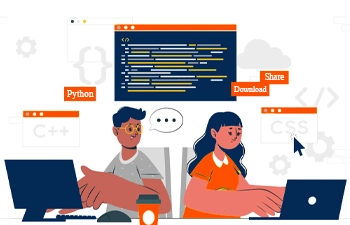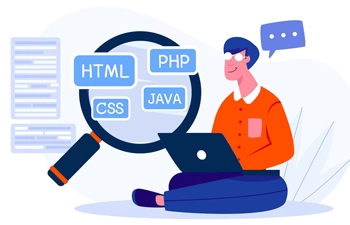Frequently Asked Questions (FAQs)
The MongoDB course will teach you how to use the world's most popular document-oriented NoSQL database built for scalability, speed, and developer agility. Through case studies, you'll learn MongoDB architecture, Data Modeling, CRUD, Schema Design, and indexing. You'll also learn how to set up, administer, and evaluate the MongoDB deployments using MongoDB cloud offerings.
This MongoDB course has no prerequisites. Knowledge of any common programming language, like Java, as well as a fundamental understanding of database concepts and a text editor, would be advantageous.
PyMongo, MongoDB's native Python driver, has a team of Driver engineers dedicated to ensuring the driver meets the needs of the Python community. It ensures that MongoDB and Python are compatible.
MongoDB employs the MongoDB Query Language created by developers for easy usage. MQL and SQL syntax for typical database operations are compared in the documentation.
MongoDB beats MySQL when it comes to speed because it can handle massive amounts of unstructured data. It processes large amounts of unstructured data via slave replication and master replication, and it provides more flexibility than MySQL in terms of data kinds.
A MongoDB developer is in charge of database administration and is critical to the company's information flow. They have a thorough understanding of business requirements and can deliver effective solutions.



















